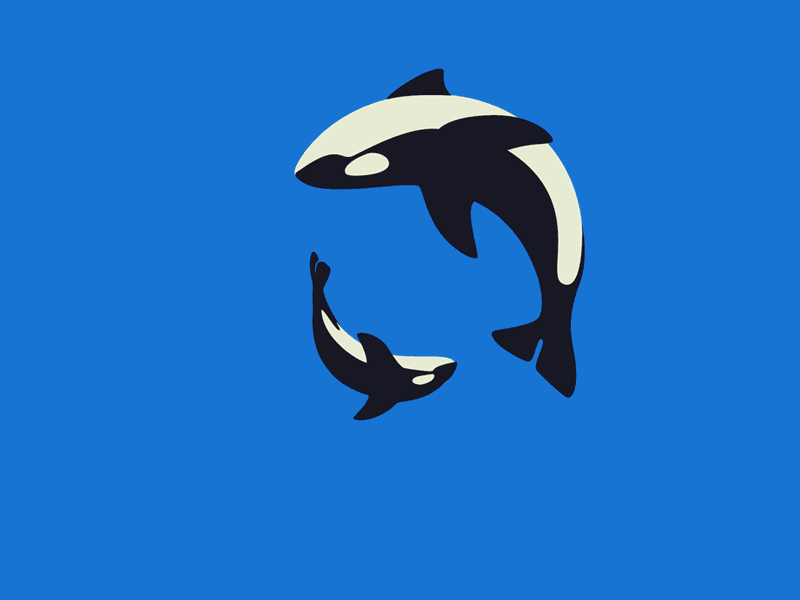Availability & Seasonality
Commercial landings of nairagi have increased in Hawaii with expansion of the local longline fleet. Landings are heaviest during the winter and spring (November-June) and are lightest during the summer. The 40 to 60 pound fish which appear in the spring season of some years are juveniles which migrate through the Hawaiian chain, passing through the islands again in the winter with more weight.
Product Forms & Yields
Fresh nairagi is sold whole, dressed (headed and gutted), or filleted for local sale and for export. Up to 65% of the whole fish weight can be recovered as fillet.
Shelf Life & Quality Control
Although some longline boats which catch nairagi remain at sea for up to 10-12 days, with proper care, the fish will retain a high quality for up to three weeks after capture (see Table 3). Nairagi (Striped Marlin) One of the first indications of a serious loss of quality in nairagi is the appearance of orange parasites, especially in the belly portions. The parasites can be removed or destroyed by cooking, but they are not known to present a health hazard to consumers.

